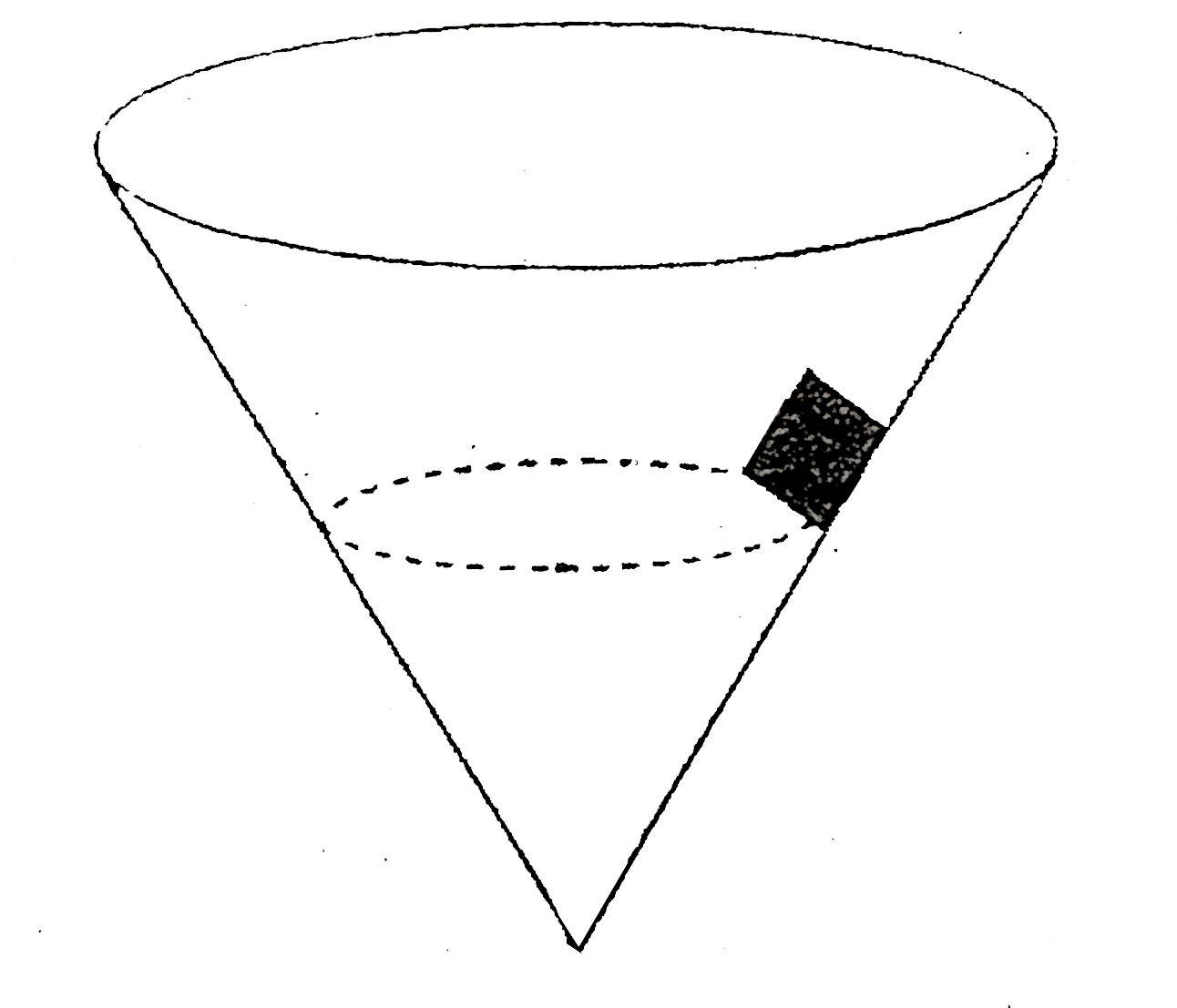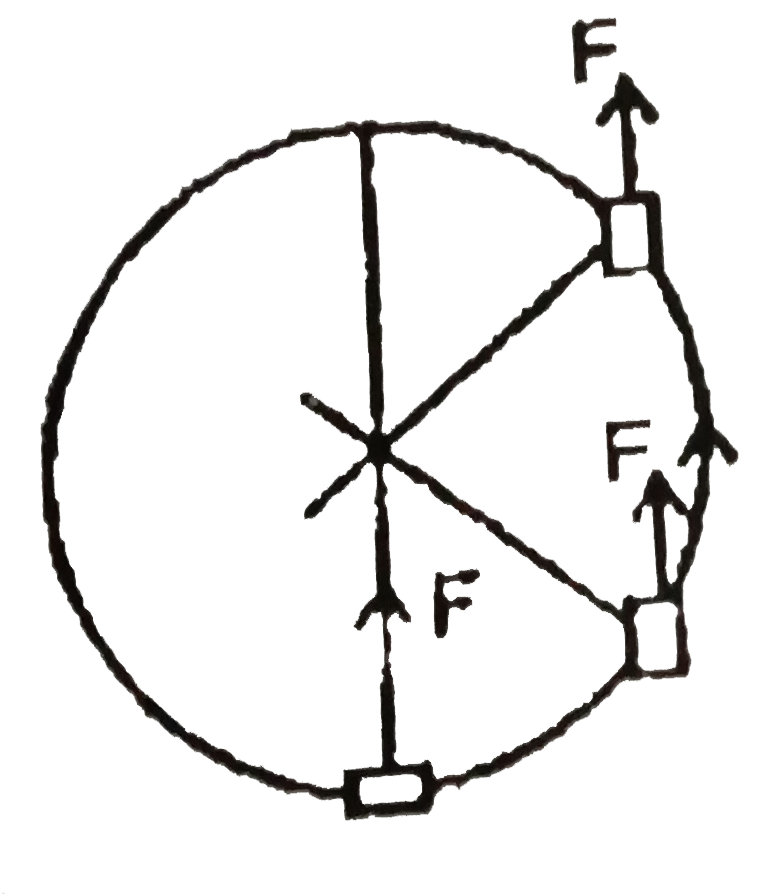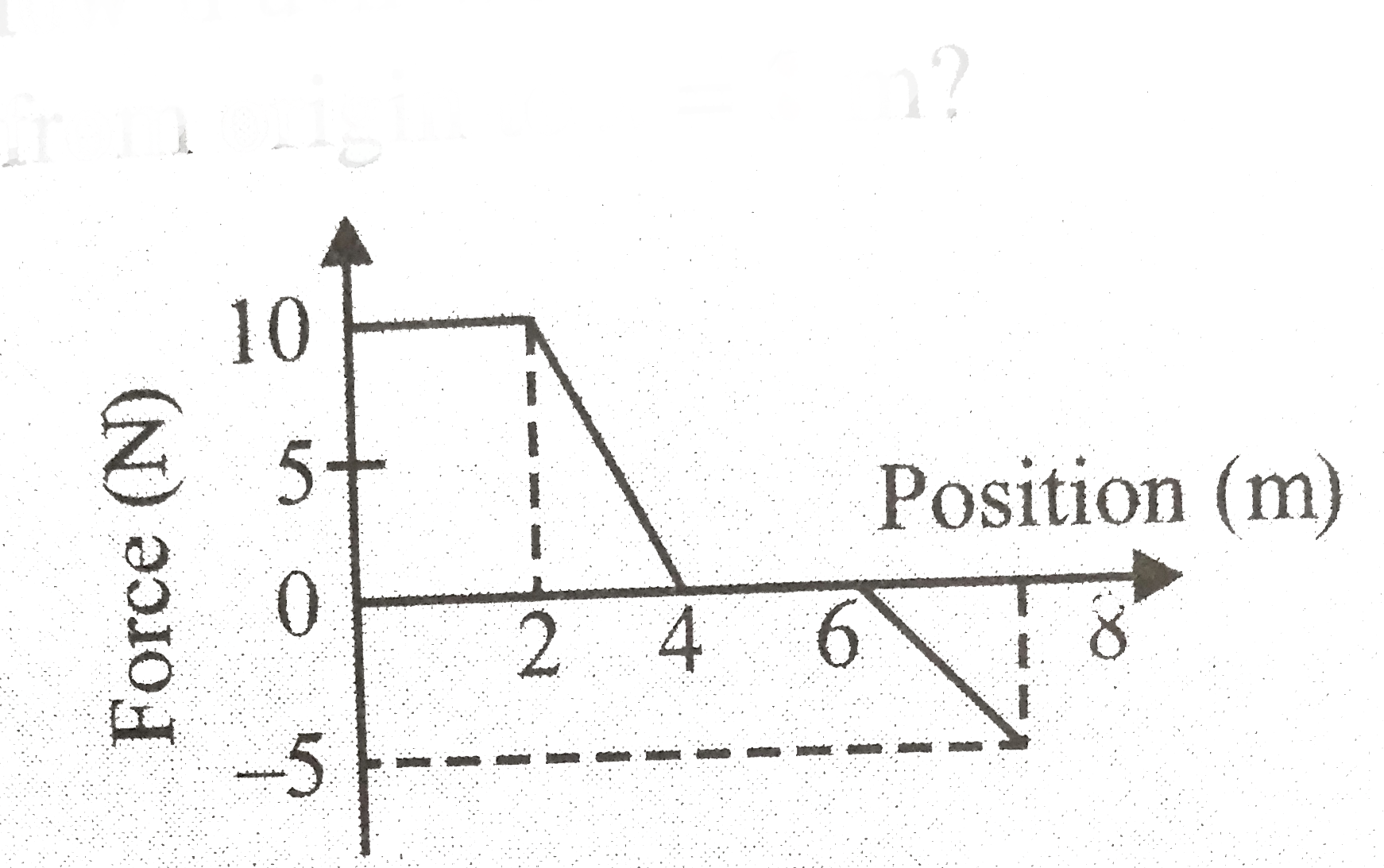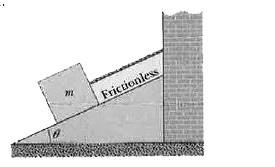A block moves in uniform circular motion because a cord tied to the block is anchored at the center of a circle. Is the power of the force exerted on the block by the cord positive, negative, or zero?
Step by step video & image solution for A block moves in uniform circular motion because a cord tied to the block is anchored at the center of a circle. Is the power of the force exerted on the block by the cord positive, negative, or zero? by Physics experts to help you in doubts & scoring excellent marks in Class 12 exams.
Updated on:21/07/2023Topper's Solved these Questions
- WORK, POWER, AND ENERGYBOOK - RESNICK AND HALLIDAYCHAPTER - WORK, POWER, AND ENERGYEXERCISE - PROBLEMS
58 Videos
- WORK, POWER, AND ENERGYBOOK - RESNICK AND HALLIDAYCHAPTER - WORK, POWER, AND ENERGYEXERCISE - PRACTICE QUESTIONS (Single Correct Choice Type)
59 Videos
- WORK, POWER, AND ENERGYBOOK - RESNICK AND HALLIDAYCHAPTER - WORK, POWER, AND ENERGYEXERCISE - PRACTICE QUESTIONS (Integer Type)
5 Videos
- WAVES-IBOOK - RESNICK AND HALLIDAYCHAPTER - WAVES-IEXERCISE - Practice Questions (Integer Type)
4 Videos
Similar Questions
Two 100 g blocks hang at the ends of a light flexible cord passing over a small frictionless pulley. A 40 g block rests on the block an right and removed after 2 sec.
(a) How far will each block move in the first second after the 40 g block is removed?
(b) What was the tension in the cord before the 40 g block was removed?
(c) What was the tension in the cord supporting the pulley after the 40 g block was removed?
View SolutionA cord is used to vertically lower an initially stationary block of mass M at a constant downward acceleration of g/4. When the block has fallen a distance d, find (a) the work done by the cord's force on the block, (b) the work done by the graviational force on the block, (c) the kinitic energy of the block, and (d) the speed of the block.
View Solution
Knowledge Check
A block of mass m is released from rest at a height R above a horizontal surface. The acceleration due to gravity is g. The block slides along the inside of a frictionless circular hoop of radius R.
What is the magnitude of the normal force exerted on the block by the hoop when the block has reached the bottom ?AmgB3mgCmg2RD2mgConsider a block moving in a horizontal circular path on the inner surface of a cone. The normal force on the block is :
 AmgBalways greater then mgCmay be greater or less than mgDalways less than mg
AmgBalways greater then mgCmay be greater or less than mgDalways less than mg
A smooth block loosely fits in a circular tube placed on a horizontal surface . The block moves along the tube (fig ) Which wall (inner or outer) will exert a non zero normal contact force on the block?

View SolutionA block weighing 20 N rests on a horizontal surface. The: coefficient of static friction between block and surface is 0.40 and the coefficient of kinetic friction is 0.20.
( a) How large is the friction force exerted on the block?
(b) How great will the friction force be if a horizontal force of 5 N is exerted on the block?
(c) What is the minimum force that will start the block in motion?
(d) What is the minimum force that will keep the block in motion once it has been started?
(e) If the horizontal force is 10 N, what is the friction force?
View SolutionA block of mass m tied with a string moves in a vertical plane. A constant vertical upward force F = 3mg (Besides weight mg donward) always acts on the block during its vertical circular motion. What should be the minimum speed (in m/s) at highest point of circle so that the block completes the circular motion. Given length of rod = 25 cm.

View SolutionA 10−kg block moves in a straight line under the action of a force that varies with position as shown in figure. How much work does the force do as the block moves from origin to x=8m?

View SolutionThe smooth block B, having mass M is attached to the vertex A of the right circular cone using a light cord. The cone is rotating at a constant angular rate about the z axis such that the block attains speed v. At this speed, determine the tension in the cord and the reaction which thecone exerts on the block. Neglect the size of the block. Given M=0.2kg, v=0.5m/s,a=300mm, b=400mm,c=200mm,g=9.81m/s2

View SolutionIn Fig. 5-27, a block attached to a chord is resting on an inclined plane. Let the mass of the block be 8.5 kg and the angle θ be 30∘.
(a) Find the tension in the cord and normal force acting on the block.
(b) If the cord is cut, find the magnitude of the resulting acceleration of the block.
Figure 5-27 A block attached to a chord resting on an incline.
View Solution
